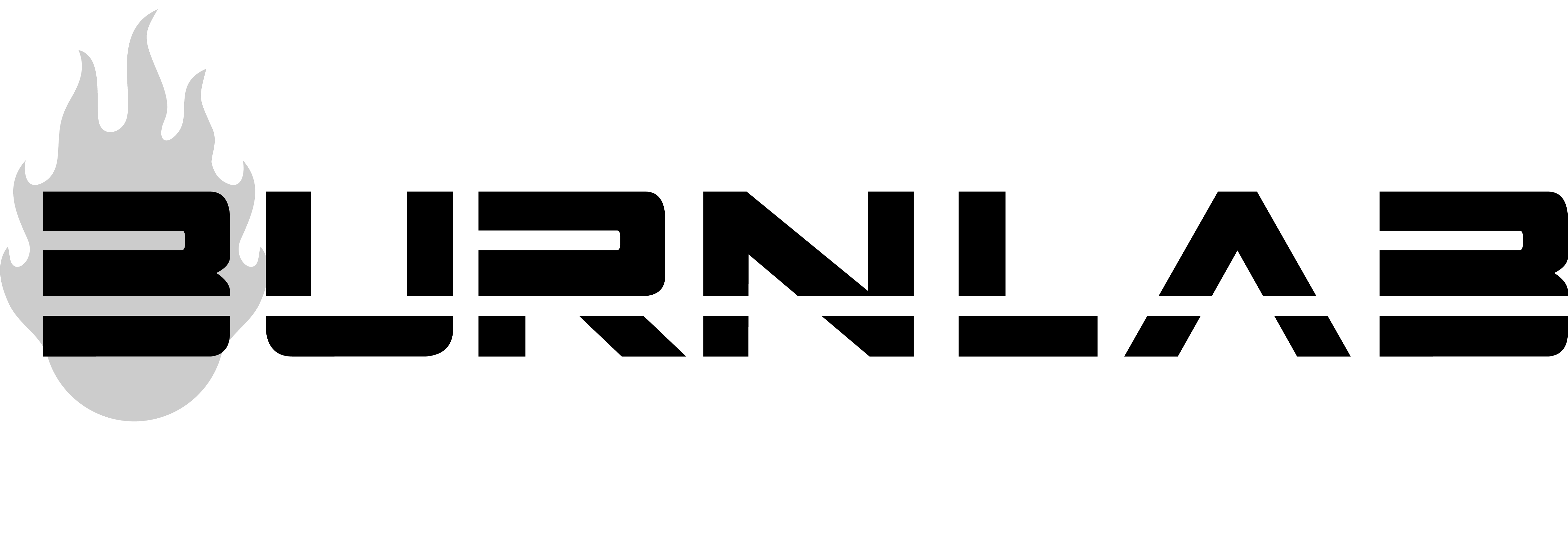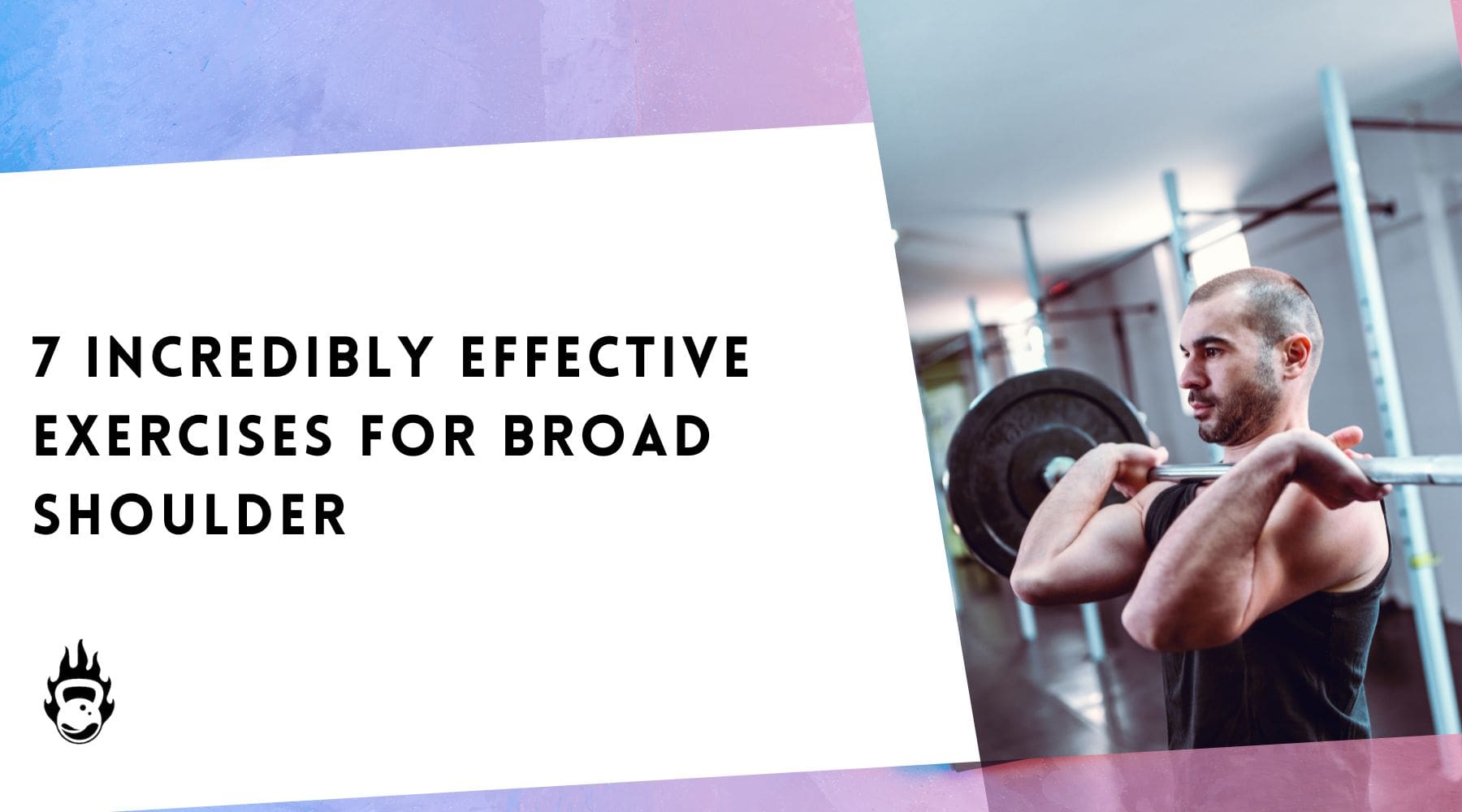Stretching and Nutrition for the Best Post - Workout Recovery

Stretching and nutrition for the best post- workout recovery
Work out every day but still feel you’re getting nowhere? Feel tired all the time despite working out regularly? Think you’ve hit a plateau when it comes to your fitness? You are not alone. Whether you are working out at home or going to the gym, burnout of this kind is quite common, and usually occurs when you only focus on your workouts and not on recovery.
In this article you will learn about:
Importance of post-workout recovery
Recovery is a key aspect of fitness and it is essential in preparing your body for the next workout. Every time you finish a workout, you put your body through considerable strain. After every workout your muscle fibers have minute tears in them, as do your bones, especially if the workout consists of weight-bearing exercises, such as skipping, resistance training, running, or lifting weights. With the right nutrition and adequate rest, these muscles and bones repair themselves to become stronger by the addition of new fibers. It is by this process of progressively overloading your muscles and bones that they get stronger with time. Without the right nutrition and rest, however, this will only lead to injury.
There are four key aspects to recovery; stretching, hydration, nutrition, and rest. Together these help your body rebuild itself after a strenuous workout, making you stronger and ready for more.

Stretching
To avoid injury from overuse, it is very important to include stretching as part of your post-workout cooldown. Stretching keeps your muscles long and supple, giving you flexibility and a full range of motion. Without proper stretching, muscles can become too tight and strained leading to an increased risk of injury.

Stretching can be of two kinds, static and dynamic. It is important to understand the difference between these to know when to use each technique. Dynamic stretches involve tensing the muscle and moving the associated joint through its full range of motion. Dynamic stretching helps the body prepare for speed and agility. Walking lunges, torso twists, high knees, and butt kicks are examples of dynamic stretching and are used as part of a warm-up, before workouts. This kind of stretching generates heat and prepares the body for movement.
Static stretching involves stretching a muscle and holding it for around 30 to 45 seconds. The aim here is to lengthen the muscle and improve blood circulation to facilitate recovery. Static stretches are usually carried out post-workout as they require muscles to be warmed up. Performing static stretches before adequate warm-up can lead to muscle strains. They work wonders post-workout and help maintain muscle elasticity.
You can use foam rollers to perform some post-workout stretches. Click here to access the video about tips on using the foam roller.
Hydration
When you exercise, your body generates heat, and as a result, you sweat, in an attempt to cool your body down. This loss of fluids in the form of sweat can leave you dehydrated. It is therefore important to rehydrate soon after a workout. Experts recommend that you begin hydrating even before your workout and finish post-workout by replenishing the fluids lost through sweat. It is sufficient to hydrate with water but an electrolyte substitute works pretty well too.

Hydrating keeps your muscles supple and along with stretching, prevents or eases muscle knots. You will notice that even a regular workout will feel more difficult when your body is not well hydrated. This is because dehydration can increase your heart rate, placing added strain on your heart and requiring more effort for the same workout than when you are properly hydrated. Hydrating also helps maintain the body’s electrolyte balance.
Nutrition
During exercise, your body burns energy. In the case of aerobic exercise, oxygen from increased breathing is used to burn fat or glycogen which is a form of carbohydrate stored in the body. Aerobic exercises are of moderate intensity and tend to focus on longer duration, such as walking, jogging, etc. During such activities, by quickening your breathing and increasing your heart rate, your body can transport enough oxygen to release energy.

In the case of aerobic exercise, which typically involves short bursts of higher intensity, the body does not get enough oxygen to burn fat... In such cases, it burns only the glycogen that is stored in muscles. During such bursts of intense activity, when glycogen is burned in the absence of oxygen, it produces lactic acid as a byproduct. It is this lactic acid that you feel in your muscles, in what is referred to as ‘the burn’ during a sprint or round of weight lifting. This sharp pain ensures you do not continue the activity for long, and when you stop, your body breaks this lactic acid down into carbon dioxide and water, with the help of oxygen, as you catch your breath.
Once your workout is completed, you need to replenish the glycogen that was stored in your muscles, You, therefore, need to eat a meal that contains protein, which will help rebuild your muscle fibers, carbohydrates, which will restore the glycogen in your body, and fat, to replenish the reserves of energy in your body.
It is recommended that you eat a nutritious meal within 30 minutes of exercise to replenish your body. Lack of proper nutrition will mean you will be unable to build muscle properly and will feel depleted of energy, making you feel more tired of your next workout.
Rest
Sleep is the human body’s way to naturally restore itself. During sleep, your heart rate drops, your breathing slows down and your muscles relax. Getting a good night’s sleep will ensure you perform your workouts better.
It is also important to take rest days in between workouts, as this is the time that your muscle fibers repair themselves, and the minute tears in your bones also reform themselves. A rest day gives your body time to heal and become stronger. Taking a rest day in between workouts reduces muscle soreness which is felt when the glycogen stores in the muscles have not been fully replenished. Working out while tired and sore can see your form slip and can lead to injury.

Rest days are typically days when you follow a light routine. For many, light intensity workouts are hard to do but resist the temptation to increase the intensity, and your body will thank you for it. Rest days are great in preventing frequent burnout and prevent you from plateauing in your progress.
To see maximum gains from your workouts, make sure you stretch, hydrate, get the nutrition you need along with plenty of rest. When you give yourself the time and resources to recuperate, you will come out stronger with each successive workout.
Here is a list of Burnlab products which can help you in recovery:





Leave a comment